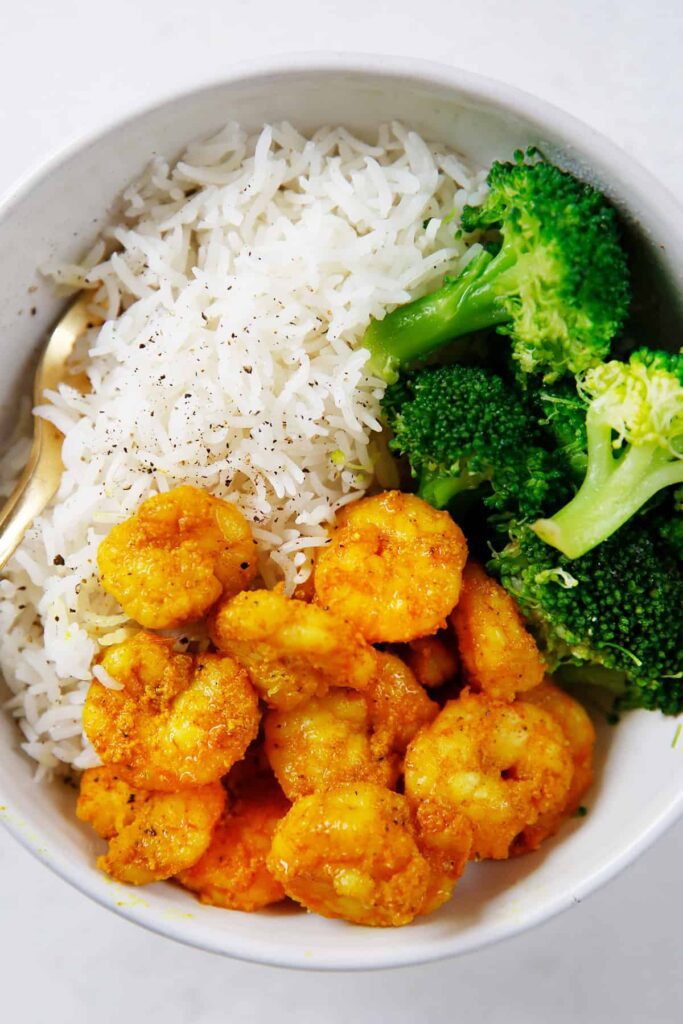Sautéing involves cooking food quickly in a skillet with a small amount of oil over high heat, perfect for busy nights. Tips include using a wide pan, preheating, cutting ingredients uniformly, avoiding overcrowding, and seasoning throughout. Stir-frying and deglazing techniques are beneficial, as well as using a mix of oil and butter for flavor. Finishing touches like lemon juice or fresh herbs enhance the dish. Sautéing allows for quick, flavorful meals with practice and patience. Following these tips can help anyone become a sautéing pro and create impressive dishes for friends and family.
Sautéing Secrets: The Key to Quick and Delicious Meals
Introduction
Sautéing is a cooking technique that involves cooking food quickly in a skillet or frying pan over high heat with a small amount of oil or fat. It’s a great way to create delicious meals in a short amount of time, making it perfect for busy weeknights or lazy weekends.
Tips and Tricks for Beginners
1. Use the Right Pan
For sautéing, it’s important to use a pan with a wide cooking surface, such as a skillet or frying pan. This allows for even cooking and promotes quick evaporation of liquids.
2. Preheat the Pan
Before adding any oil or food to the pan, make sure it’s hot enough. To test the temperature, flick a drop of water into the pan – if it sizzles and evaporates quickly, it’s ready to go.
3. Cut Ingredients Uniformly
To ensure even cooking, make sure to cut your ingredients into uniform pieces. This will help them cook at the same rate and prevent some pieces from overcooking while others are still undercooked.
4. Don’t Overcrowd the Pan
To promote proper browning and prevent steaming, make sure not to overcrowd the pan. Cook ingredients in batches if needed, and give them space to move around and cook evenly.
5. Season as You Go
Season your ingredients with salt and pepper throughout the cooking process, layering flavors instead of just at the beginning or end. This will help build a well-balanced dish.
Sautéing Techniques
1. Stir-Frying
Stir-frying is a quick and efficient sautéing technique that involves cooking small, bite-sized pieces of food over high heat while constantly stirring. This technique is commonly used in Asian cuisine.
2. Sautéing in Oil vs. Butter
While oil is commonly used for sautéing due to its higher smoke point, butter can be used for added flavor. To prevent burning, consider using a mixture of oil and butter for the best of both worlds.
3. Deglazing the Pan
Deglazing the pan involves adding liquid, such as wine or broth, to the hot pan after cooking to scrape up the flavorful bits left behind. This creates a delicious sauce to drizzle over your sautéed dish.
4. Finishing Touches
To finish off your sautéed dish, consider adding a squeeze of lemon juice, a sprinkle of fresh herbs, or a dollop of crème fraîche for added flavor and brightness.
Conclusion
Sautéing is a versatile and quick cooking technique that can help you create delicious meals in no time. By following these tips and tricks, you’ll be able to master the art of sautéing and impress your friends and family with flavorful and mouthwatering dishes. So, grab your skillet and get cooking!
